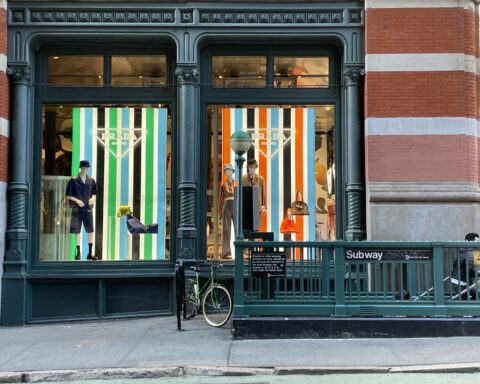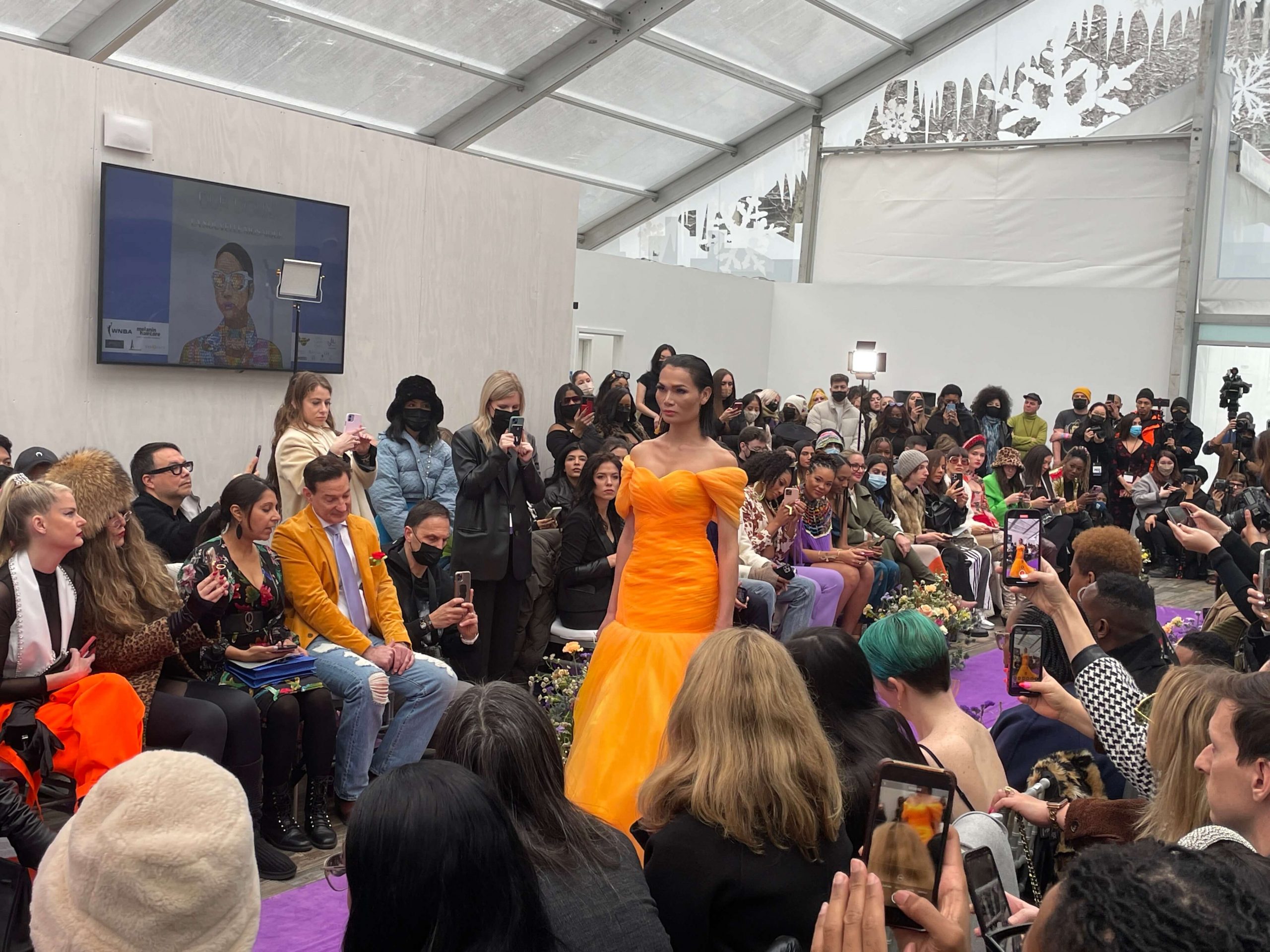
We live in an overwhelming world, to say the least. This is especially true when one takes even a slight glance at the Internet for any purpose. Consider what happens on a given day when we wake up out of bed: we shower, eat, and head to work either in the next town or the next room. We take a break for lunch however brief, before finishing up our work a few hours later before spending the rest of our day with family, friends, or ourselves. At least, that’s a birds-eye view before the excessive amounts of time spent on the Internet are added into the mix.
Many of us require the Internet to complete our jobs in some form, whether it is to log our hours, interact with our company’s social media following, or conduct research in order to complete certain work goals that we have for the moment. We use the Internet to produce information about our products and services for others to consume and, hopefully, to act upon in a favorable manner. It can easily be inferred, then, that we use the Internet to both produce and consume information for a variety of reasons multiple times on a given day.
But what happens when the amount of information that we consume becomes too excessive? What happens when we need to take in information in order to achieve our goals, yet we become engulfed in such a state of overwhelm from the glut of information on the Internet that it becomes too much of a chore to read even the simplest of articles? In a field such as fashion, industry life already moves at such a warp speed that keeping up with everything that’s going on is a dizzying prospect (read this article that we recently wrote on a possible solution to this issue). How, then, is it even remotely possible to keep a handle around the latest and greatest fashion information when there are multiple points of view that are both intriguing and necessary to take into consideration?
Were we actually better off with RSS technology? For those of you unfamiliar with what this technology entailed, we will offer a description below.

What Is RSS Technology?
RSS, invented in 1999 by American Internet company Netscape, stands for “really simple syndication”. RSS technology is comprised of two different divisions working in tandem to deliver you a seamless curated Internet experience. Those divisions are ‘RSS feeds’ and ‘RSS readers’. RSS feeds are files that hold updates from a given website, allowing a member of the public to use a link to “subscribe” to any updates that the website has in a given time period. These files alone are not able to deliver any information to you, however; you need an RSS reader for that. RSS readers host multiple RSS feeds by translating the code from the RSS feeds into one organized place for the person reading to peruse. In other words, instead of having to check 50 different websites to obtain information or to read articles, the person reading would check one source – the RSS reader – to read all of those articles.
Here’s an example of how that’d apply to fashion. Let’s say that you are a fashion journalist that wanted to keep up with the latest happenings so that you could gather news for your next story. You might read sources such as WWD, Business of Fashion, or Fashionista regularly. But, you also have 60 other sources that you monitor somewhat regularly. You could gather the RSS feeds of websites like a couple of those mentioned above, listed here:
- WWD Fashion News: https://wwd.com/custom-feed/fashion/
- Fashionista: https://fashionista.com/.rss/excerpt/
Next, you’d enter those into an RSS reader like Feedly or Inoreader, and you’d then have a feed of information specifically tailored for you in one convenient spot to be able to focus only on that information that will help you to continually be a more informed fashion journalist.
Many would likely make the argument from here that we have social media feeds and newsletter subscriptions that allow us to keep up with the latest information going on in our industries. They would further argue that RSS feeds are no longer necessary for that reason. Well, let’s look at both of those and weigh a couple of pros and cons of each option.

Social Media Feeds
Social media has come to serve as one of the dominant forces in our society today, and this has had both positive and negative implications. When social media hubs such as Twitter, Facebook, Instagram, YouTube, Linkedin, and other similar ones were created, they all held an underlying desire – to varying degrees – to bring us closer together, no matter where we currently existed in the world. To a certain extent, these portals have done that. Facebook offers us a way to keep up with our family and friends. Twitter offers us a way to quickly respond to news of the moment and carry on a real-time conversation about that news. Instagram has given creatives a space to show off their work to a world that would likely never see anything that they’ve done otherwise. New friendships have been made online, and business communities have been made stronger because of these platforms.
The cons, however, deserve to be presented alongside the pros. Social media have been weaponized to divide us in many ways rather than bring us together. This has had terribly harmful consequences – whether mental, emotional or physical – in many of those cases. When one takes that type of environment and uses it as a primary source of gathering information – be it news, research, or otherwise – it leads to unnecessary exposure to what has the potential to be a toxic environment.
Social media algorithms are a massive reason that social media are an ineffective way for those hoping to keep up with the latest information from certain companies and creatives to do so. Social media algorithms determine what you see based on what they think you want to see. Let alone the fact that you want to see information from those that you have followed; why else would you have followed the accounts in the first place. In this way, social media leads to a disconnect from those that one sees as a part of their community. If one never sees an account’s information, then one loses the chance to interact with that account. One loses the chance to be ‘social’. If social media limits the amount to which one can be social with one’s own audience, then what’s the point?
Another topic to consider here is the fact that it is ‘social media’. This implies that the primary function of these media is to provide a space in which one can be ‘social’. We should not, in fact, be surprised when we get onto platforms like Instagram or YouTube and we see silly pet videos or people participating in seemingly gratuitous ‘challenges’. We should welcome it. Social media are at their best as vehicles for connection with others. When we forced social media to become an all-inclusive source for news, information, political discourse, ads, etc., we moved it away from its intended purpose. These platforms are riddled with distractions for anyone attempting to be productive, so we should not attempt to use them for anything more than that original intention.

Newsletter Subscriptions
Newsletter subscriptions are another dominant way that we use in today’s world to keep up with news in our respective industries (sign up for our newsletter by clicking here). Most companies and brands have a website, which they then use to issue newsletter subscriptions to those that desire to be included on that mailing list. From a company or a brand’s perspective, these are very positive because newsletters offer a direct way to communicate with one’s audience about their latest articles, products, and/or services. By having a mailing list, companies and brands guard against the possibility that social media holds of deleting their accounts and leaving them without a way to access their community. Newsletters help companies and brands to build a more intimate relationship with their respective audiences without the myriad of distractions that social media carry.
For consumers, newsletters offer a great way to connect directly with companies, brands, and individuals that they care about. By giving a company their email address, the consumer can be contacted by companies, brands, and individuals multiple times per month, depending on the frequency that they choose. For fashion journalists, continuing with the previous example, this is a potentially excellent way for you to get fashion information delivered to your inbox instantly without you having to do any searching for it.
There are always negatives, though, and the negatives with newsletters center around the prospect of email clutter. Similar to physical mail, with email, it is easy to allow virtual clutter to build up without taking a second look at what’s in the pile (or, in this case, inbox). When many people get in that situation, what do they do? They delete all emails in their inbox so that they can get rid of the stress and anxiety of having an unmanageable amount of digital clutter through which to search. If you are a company, brand, or individual, this is the worst-case scenario. All of your hard work ends up in the trash because your audience receives too many emails. If you are a fashion journalist, you might even do this type of deleting yourself when too many emails build up. How, then, would newsletter subscriptions be a primary way for you to gather information for your career?
Where Does That Leave Us Now In Our Information-Gathering Pursuits?
Right now, social media and newsletters are two of the dominant forms of gathering information. They are both convenient in the initial phases of following/signing up. On social media, one clicks a button, and suddenly one follows an account. With newsletter subscriptions, one enters their email address, and then one will suddenly begin receiving emails from brands, companies, and individuals. A great way to get people on board with you is to make it as easy as possible for them to sign up or follow. Remove all friction to completing the task(s), in other words. What happens along the way, after engaging in either of those two, is the potential issue.
Social media’s algorithms bury the most valuable accounts that one would like to peruse, and one never ends up seeing their information. These social platforms can also be mentally harmful in certain ways, as well, in addition to being entirely too cluttered to be able to keep up with accounts that one cares about in the first place.
Newsletters are an excellent way to maintain a direct bond with companies, brands, and individuals. We’ve truly enjoyed releasing our newsletter to our audience. Newsletters do carry the possibility, though, of creating too much clutter in the recipient’s inbox; this can lead to the emails being deleted entirely.
RSS technology operates in a chronological manner, as opposed to employing the use of an algorithm in the manner of social media websites. This means that with RSS technology, the person looking at the RSS reader will see a compilation of information from the various RSS feeds to which they have subscribed – and they will see it in the order in which it was posted. This is extraordinarily important to those in the fashion industry that need to know about not only what happened, but when it happened. It puts fashion industry professionals in a position of having a more comprehensive knowledge of what is going on in our field. And don’t fashion people love to be ‘in the know’?
To subscribe to Manic Metallic‘s Substack newsletter, click here. To follow us on Bluesky, click here.




